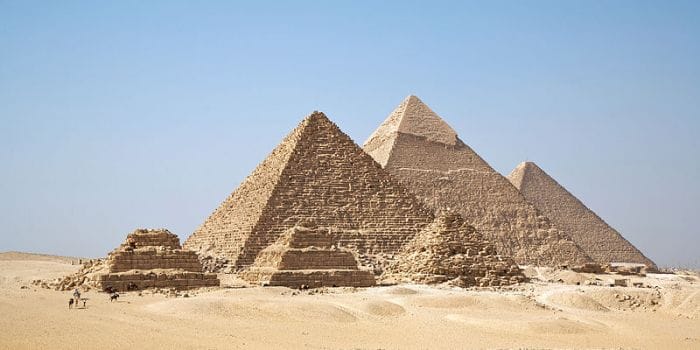A new scientific analysis demonstrates the artificial nature of Egyptian Pyramid stone. The article titled: “Were the casing stones of Senefru’s Bent Pyramid in Dahshour cast or carved? Multinuclear NMR evidence” was published in Materials Letters 65 (2011) 350–352, by an international team of scientists involving Kenneth J.D. MacKenzie (MacDiarmid Institute for Advanced Materials and Nanotechnology, Victoria University of Wellington, New Zealand), Mark E. Smith, Alan Wong, John V. Hanna (Department of Physics, University of Warwick, Coventry, CV4 7Al, UK), Bernard Barry (Institute of Geological and Nuclear Sciences, Lower Hutt, New Zealand) and Michel W. Barsoum (Department of Materials Science and Engineering, Drexel University, Philadelphia, PA 19104, USA).
The abstract reads: “A comparison was made of the solid-state 29Si, 27Al and 43Ca MAS NMR spectra of the outer casing stone from Snefru’s Bent Pyramid in Dahshour, Egypt, with two quarry limestones from the area. The NMR results suggest that the casing stones consist of limestone grains from the Tura quarry, cemented with an amorphous calcium-silicate gel formed by human intervention, by the addition of extra silica, possibly diatomaceous earth, from the Fayium area.”


